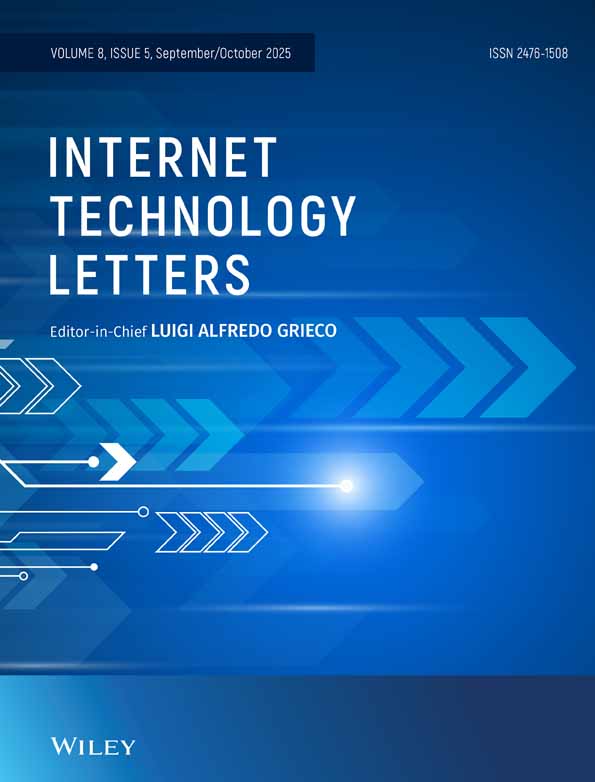Fog Computing-Based Live Streaming Framework for High-Definition Sports Video Transmission and Optimization
Funding: This study was supported by Basic Research and Business Expenses Project of Heilongjiang Provincial Higher Education Institutions in 2023: 145309361.
ABSTRACT
The escalating global requirement for immersive live sports broadcasting systems capable of delivering ultra-high-definition video streams, multi-angle viewing options, and instantaneous audience engagement has revealed inherent scalability challenges in conventional cloud-dependent transmission infrastructures. Existing frameworks demonstrate critical performance degradation. However, by distributing loads to different regions near users, fog computing has promoted a new paradigm toward high-quality live transmission. In this way, this paper introduces a fog computing-driven framework that integrates distributed edge resources with machine learning-enhanced encoding and transmissions. First, we design a hierarchical fog computing-based architecture that offloads computational tasks from centralized clouds to fog nodes, greatly reducing end-to-end latency while maintaining 4K HDR quality. Second, we propose the spatiotemporal content encoder adaptation that dynamically adjusts resolution and frame rate based on region-of-interest saliency. Lastly, we introduce the federated caching with proactive prefetching, which leverages federated learning to predict and cache popular content across fog nodes. Experimental results demonstrate superior performance over the state-of-the-art comparison methods in different scenarios in terms of video quality, latency, and cache hit rate.
Open Research
Data Availability Statement
The data that support the findings of this study are available from the corresponding author upon reasonable request.




